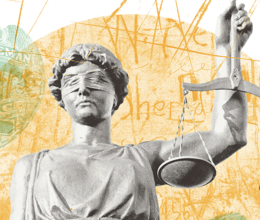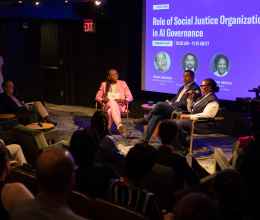With 2.23 million people currently behind bars, our prisons and jails are vastly overcrowded, made up of too many people serving sentences for non-violent, low-level drug crimes. We have the dubious distinction of being the number one incarcerator in the world – followed by China with 1.6 million behind bars and Russia with 618,000.
What is talked about less frequently is the reach of our criminal justice system beyond the time spent behind bars. In the United States we have a system of collateral consequences that continue to punish former offenders even after they have served their sentence and by all legal definitions paid their debt to society. These consequences range from disclosing convictions on employment applications to loss of public benefits and voting rights. Unfortunately, this system of continual punishment significantly undermines re-entry back into communities – counterproductive through the public safety lens as it greatly increases a former offenders risk of re offending. Furthermore, given the vast inequalities that exist within our criminal justice system, collateral consequences have set up a de facto system of institutionalized discrimination, whereby we further perpetuate existing inequalities. In fact, in 1987 the Equal Employment Opportunity Commission declared that blanket bans on hiring people with a criminal record reinforced racial disparities, and thus was a violation of the Civil Rights Act.
Millions of Americans (the National Employment Law Project estimates 65 million Americans – or 28% of the adult population have a criminal record) are currently dealing with the collateral consequences of their conviction; however there have been slow signs of progress. Most recently, the New York City Housing Authority has decided to ease the ban on allowing recently released former offenders to live in public housing. This is seen as a step towards tackling homelessness, as 19% of prisoners released from the New York State prison system last year listed shelters as their first known address. In addition data has consistently shown that community relationships (often through family reunification) and housing stability significantly reduce the likelihood of recidivism. Unfortunately, this is only a partial lifting of the ban, affecting only 150 former offenders in the first two years.
When we look at our criminal justice system, there is little doubt it is broken, with cracks extending throughout every part of the system. Collateral consequences in particular, throw into question the very goals of the system. Is our corrections system there primarily as a system of rehabilitation with eventual goal of successful reintegration into society or one that seeks to continually punish and marginalize?








